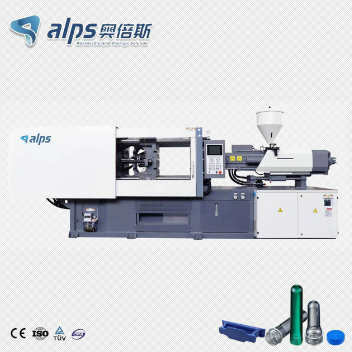Advanced Liquid Package Solution
Many materials produced in the plastic industry are fabricated either by using a liquid molding or an injection molding machine.
The choice of which to use when trying to mold a plastic material depends on several factors including the shape and size of the material, the desired strength, and the cost of production.
If you fancy learning about the similarities and differences between liquid molding and injection molding, then you're at the right place!
Stay focused as we walk you through the pros and cons of liquid molding and injection molding.
Here are the advantages of liquid molding in the plastic industry.
Liquid molding is more cost-effective than any other type of molding including injection molding and compression molding. It can be fully automated, hence the cost of hiring labor is reduced.
Liquid molding enables automobile body panels and other custom shapes to be built at a relatively cheap cost.
Liquid molding is also easily repeatable. This means there will be consistency in the materials produced.
Liquid molding leaves no waste products and contaminants in the environment. The molding process is performed in a closed system which prevents the release of toxic materials into the environment.
The closed system also ensures that the final product is free from contamination from the environment. Hence, liquid molding can be used for making medical appliances that require high purity levels.

The disadvantages of liquid molding include:
Liquid molding is a complex process that requires expertise. The operator must ensure that no contaminant passes into the molded material during the process. Hence, great precautions must be taken.
It is quite challenging to choose materials to be used for liquid molding. A wide range of polymer resins is available to choose from.
Also, the simultaneous use of two different plastic materials as Polyethylene (PE) and polypropylene (PP) may be problematic.
The advantages of injection molding include:
Injection molding is a relatively fast process that can produce large amounts of materials in a few hours. It is an automated process that functions efficiently by using interconnected machines and robotics.
The automation gives a high speed, hence a large output of up to thousands of parts can be manufactured by this process before the tools wear out.
Injection molding enables fillers to be inserted into the molding materials. Fillers enhance the strength of the plastic material by reducing its density while it is being molded.
Here are the disadvantages of injection molding.
The cost of injection molding is relatively higher than that of liquid molding. The process involves tooling, designing, and testing which are all costly.
An initial prototype of the material will be made via 3D printing and subjected to extensive testing before eventually producing the original material.
Injection molding is a process that requires you to follow basic guides. If any of those guides are violated, you may not obtain a desirable product.
Each of the processes has its pros and cons. The choice of which to use depends on your preference.
On the one hand, if you want to minimize the cost of production, you may consider choosing liquid molding. On the other hand, if you prefer to produce materials with high strength, then injection molding is a better alternative.
Nevertheless, ensure you get high-quality molding machines for either of the processes. You may contact us to get the best molding machines by clicking here to check out our products and services.

By continuing to use the site you agree to our privacy policy Terms and Conditions.